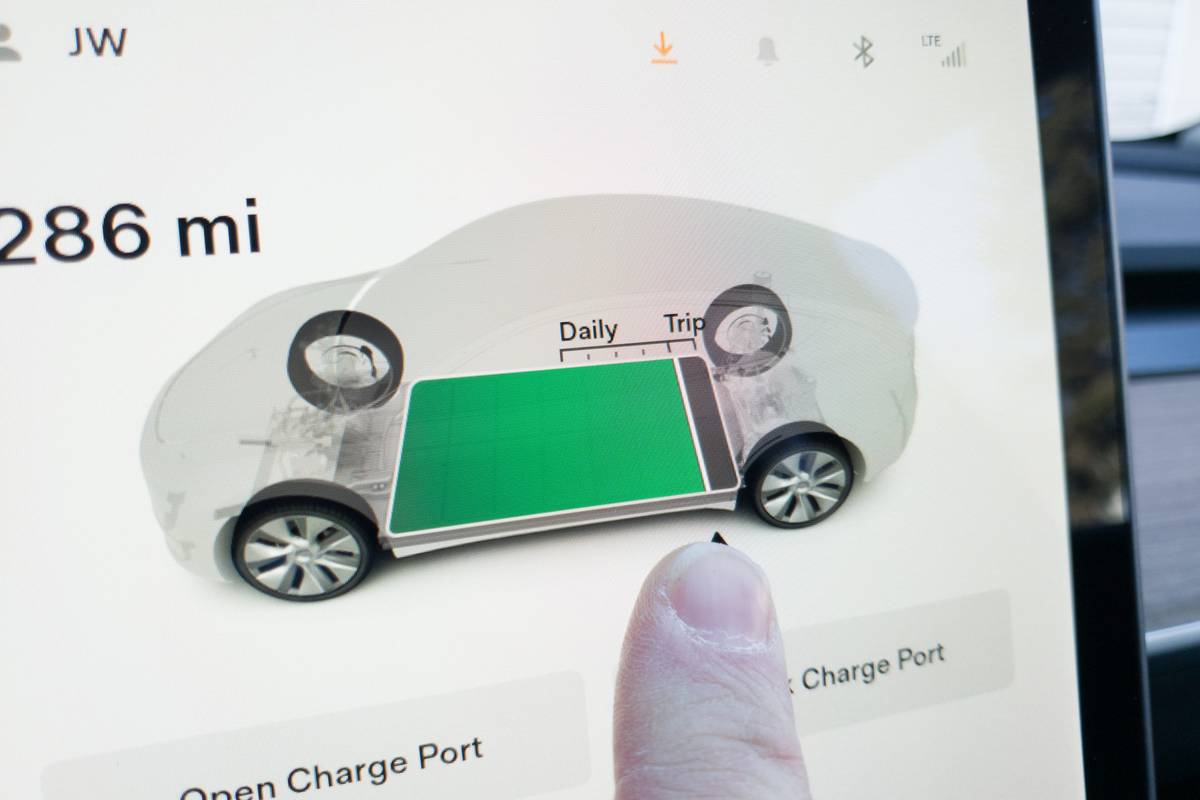How Much Do Electric Car Batteries Cost to Replace?


There’s a lot to consider when buying an electric vehicle: Which models are best? How much range is enough? How does charging work? Along with these variables, maintenance costs are another facet of EV ownership. With no need for oil changes and reduced wear and tear on the brakes, battery-powered cars require less maintenance than their gas counterparts, according to the U.S. Department of Energy. Replacing the battery in an EV, however, can be a costly proposition.
Related: How Long Do Electric Car Batteries Last?
Fortunately, an EV battery is designed to last for the expected lifetime of the vehicle, and federal regulations require automakers to offer a powertrain warranty that covers the battery. Read on to see when you’d need a battery replacement, how much it could cost and how to reduce the risk of needing to replace the battery pack.
When Will You Need to Replace an EV Battery?

The battery is the main component in an EV, and it’s also the most expensive to replace. While there’s a chance that a battery will fail completely due to a manufacturer defect, a bigger concern is battery degradation. Most automakers say that a vehicle’s battery should last up to 20 years, but it’s hard to gauge the degree of degradation since most EVs have only been on the road for a few years.
Battery analytics company Recurrent found that the likelihood of an EV needing a battery replacement is relatively small. In a study of 15,000 electric cars, only 1.5% had their batteries replaced at some point (outside of manufacturer recalls, including the one GM issued for the Chevrolet Bolt EV). Even if you end up needing a battery replacement due to failure or degradation, new-car warranties cover the battery for at least eight years or 100,000 miles, and most offer protection against loss of capacity.
Another reason that an EV would need a new battery is if it is damaged in an accident. Even a minor collision can scratch the battery and require a replacement or result in a total loss of the vehicle, Reuters reports. Some EV batteries are more easily repaired than others; for example, the Tesla Model Y’s battery is integrated into the structure of the SUV, which makes it difficult or impossible to repair.
Average Battery Replacement Costs

If an EV is no longer under warranty or if its battery is damaged in an accident and isn’t covered by insurance, Recurrent estimates the out-of-pocket cost for a replacement ranges from $5,000 to $20,000. The total cost largely depends on the pack, size and manufacturer of the battery.
According to J.D. Power, the cost of replacing a battery in the Tesla Model 3 is approximately $13,000, which is over 30% of the sedan’s starting price. Recurrent estimates the total cost to replace the Model 3’s battery is around $15,800 when labor is included.
The good news is that EV battery costs are expected to decline over time: According to the Department of Energy, the cost of an EV’s lithium-ion battery fell 89% from $1,355/kilowatt-hour in 2008 to $153/kWh in 2022. The agency attributes the drastic drop to improvements in battery technology and an increase in manufacturing volume.
“We encourage people not to focus on the average cost of an EV battery replacement because it varies so much by make and model,” wrote Andrew Garberson, head of marketing at Recurrent. “Instead, check the remaining warranty information on a particular vehicle (included for free on each Recurrent Report) then look at the replacement rate and cost for that model. Battery replacements are much less common than most people realize.”
Reduce the Risk of Battery Replacement

While EV battery costs shouldn’t make or break the decision to go electric based on the insights above, it’s still important to properly maintain the vehicle’s battery to prolong its life. Limiting DC fast charging to when it’s really needed, keeping the battery charged at around 20%-80% and minimizing exposure to heat are the best ways to slow battery degradation.
What About Used EVs?
Used EVs, particularly older models, are more likely to need a new battery due to capacity loss, and these vehicles will not be covered under warranty. Shoppers should be wary if the EV’s warranty is expired or if it isn’t transferred to them in the purchase. For example, Hyundai’s EV warranty wasn’t transferable prior to the 2020 model year, so a battery replacement for an older Ioniq or Kona EV will likely be an out-of-pocket expense. Before buying a used EV, it’s a good idea to verify the vehicle’s model year with a free VIN decoder and find the original warranty terms to determine if the battery is still covered.
More From Cars.com:
- How Long Does It Take to Charge an Electric Car?
- How Much Does It Cost to Charge an Electric Car?
- Your Guide to EV Batteries
- What It Cost to Outfit 6 Homes With EV Chargers
- Electric Vehicles: Understanding the Terminology
Related Video:
Cars.com’s Editorial department is your source for automotive news and reviews. In line with Cars.com’s long-standing ethics policy, editors and reviewers don’t accept gifts or free trips from automakers. The Editorial department is independent of Cars.com’s advertising, sales and sponsored content departments.

Former News Editor Jane Ulitskaya joined the Cars.com team in 2021, and her areas of focus included researching and reporting on vehicle pricing, inventory and auto finance trends.
Featured stories

15-Year Car Loans Aren’t a Thing, But Americans Are Getting More Comfortable With Long-Loan Terms

2025 Kia Telluride Review: Rougher Roads Ahead



